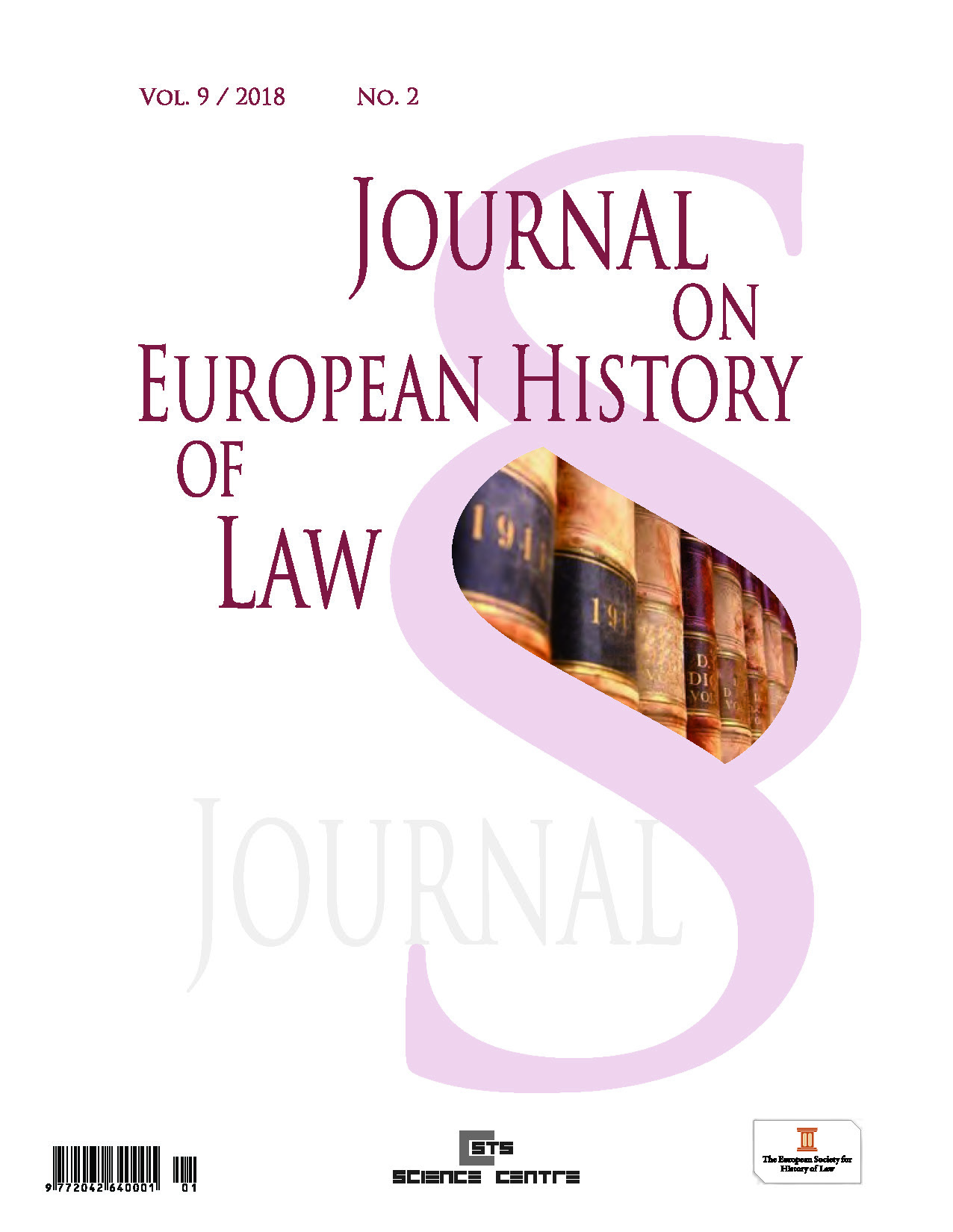The Constitutional Rights of Women and the Objectives of the Hungarian Women’s Movements (1867 – 1918)
The Constitutional Rights of Women and the Objectives of the Hungarian Women’s Movements (1867 – 1918)
Author(s): Kinga CsászárSubject(s): History, Law, Constitution, Jurisprudence, Political history, Gender history, 19th Century, Pre-WW I & WW I (1900 -1919)
Published by: Evropská společnost pro právní dějiny, z.s.
Keywords: constitutional law; equality before the law; legal status of women; Habsburg Monarchy;
Summary/Abstract: The principle of equality before the law was of utmost importance in the eastern part of the Habsburg Monarchy (1867-1918). This article presents the legal status of women and particularly problematic questions concerning the above mentioned principle in the constitutional rights of women. Female suffrage, the context that rendered it possible, and the legal changes that were made before it was finally granted make up a crucial chapter in the history of women's struggles for equality. Reflecting on how this chapter unfolded in a particular country thus reveals some of the features that women's broader struggles for equality and equal citizenship took in that country. The modern concept of citizenship was based on the liberal ideas of individualism and equality, developed in the West in the 17th century, and signalled a radical break from traditional ideas of society. The contradictions that this concept of citizenship brought along for women underlie the histories of female suffrage. In Hungary, local voting rights were granted to some tax-paying women in 1871. In some Austrian lands, women could vote for municipal councils and provincial diets throughout the 19th century as long as they paid with a certain amount of property or income taxes. In spite of the early results of the civil era and the Hungarian Soviet Republic, there was a regression in political rights after 1919. The women's movements were able to obtain results in Hungary only after the World War II.
Journal: Journal on European History of Law
- Issue Year: 9/2018
- Issue No: 2
- Page Range: 273-277
- Page Count: 4
- Language: English

